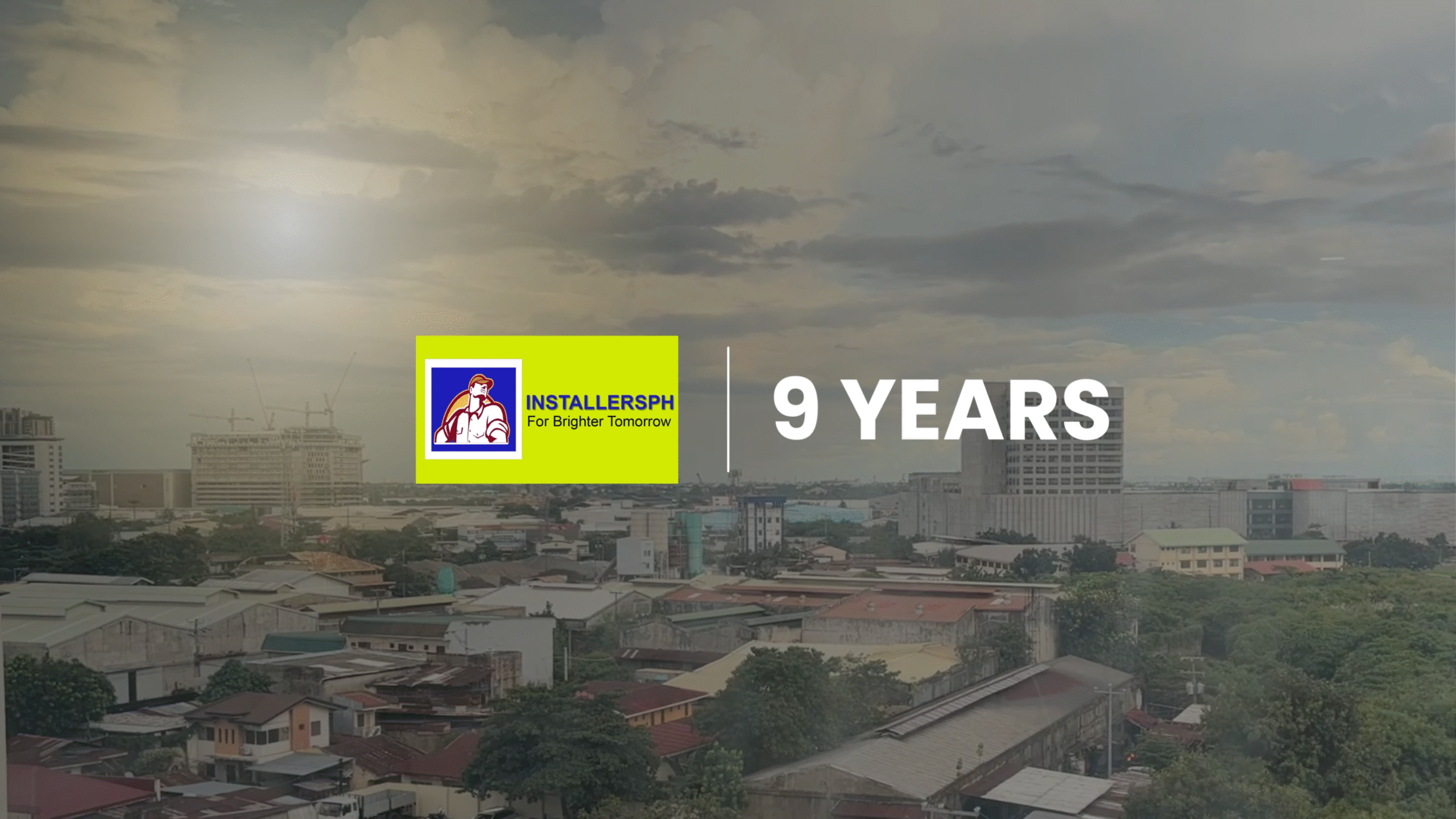InstallersPH IT Solutions 2026 AVP: A Brighter Tomorrow Built on Nine Years of Innovation and Dedication. Introduction. As InstallersPH IT Solutions proudly celebrates its ninth year of service in 2026, the company …
Utilizing CCTV Cameras for Early Detection of Natural Disasters and Extreme Weather Events.

Introduction
Natural disasters and extreme weather events present formidable challenges to communities worldwide, often resulting in loss of life, displacement of populations, and widespread damage to infrastructure. In recent years, technological advancements have opened up new avenues for early detection and response to such crises. Among these innovations, Closed-Circuit Television (CCTV) cameras have emerged as powerful tools for monitoring and detecting natural disasters and extreme weather events. This article delves into the multifaceted role of CCTV cameras in disaster management, exploring their applications, benefits, challenges, and future prospects.
Understanding CCTV Cameras in Disaster Management
CCTV cameras, traditionally used for surveillance and security purposes, are increasingly being integrated into disaster management systems. These cameras are strategically positioned in vulnerable areas such as coastal regions, riverbanks, and urban centers prone to flooding, landslides, hurricanes, and other natural disasters. Equipped with advanced sensors and analytics software, CCTV cameras can detect early signs of impending disasters, providing crucial data for decision-making and response coordination.
Early Detection of Floods and Storms
Flooding is one of the most prevalent and destructive natural disasters, affecting millions of people worldwide each year. CCTV cameras deployed along rivers, drainage systems, and flood-prone areas play a pivotal role in monitoring water levels and detecting anomalies in real-time. Utilizing sophisticated algorithms, these cameras analyze data streams to identify sudden rises in water levels or changes in weather patterns, enabling authorities to issue timely warnings and implement evacuation measures. Similarly, CCTV cameras equipped with meteorological sensors can track storm formations, predict their trajectories, and alert communities to take necessary precautions, minimizing the risk of casualties and property damage.
Monitoring Landslides and Earthquakes
Landslides and earthquakes pose significant threats to communities residing in mountainous regions and seismic zones. CCTV cameras equipped with motion sensors and geospatial technology can detect ground movements and structural changes indicative of impending landslides or seismic activities. By continuously monitoring vulnerable areas, these cameras provide invaluable insights to geologists and disaster management agencies, facilitating the implementation of early warning systems and evacuation protocols. Furthermore, integration with seismic monitoring networks enhances the accuracy of earthquake detection and enables rapid response measures to mitigate potential risks.
Fire Detection and Prevention
Wildfires and urban fires have devastating consequences, ravaging vast areas of land, destroying homes, and disrupting ecosystems. CCTV cameras equipped with thermal imaging technology excel in detecting heat signatures associated with fires, even in remote or densely forested areas. Integrated with fire suppression systems, these cameras can trigger automatic alerts to firefighting agencies, enabling swift response and containment of fires before they escalate out of control. Moreover, real-time monitoring of fire-prone areas allows for proactive measures such as vegetation management and community awareness campaigns to mitigate the risk of ignition and spread.
Challenges and Limitations
Despite their undeniable benefits, CCTV-based disaster detection systems encounter various challenges and limitations. One of the primary concerns is the cost associated with the installation, operation, and maintenance of CCTV infrastructure, particularly in remote or economically disadvantaged regions. Ensuring the reliability and accuracy of CCTV systems requires ongoing calibration, monitoring, and upgrading of hardware and software components, which can strain financial resources and technical expertise. Moreover, privacy considerations and ethical dilemmas arise from the extensive surveillance capabilities of CCTV cameras, necessitating clear policies and safeguards to protect individual rights and privacy.
Integration with IoT and AI Technologies
To address the challenges inherent in CCTV-based disaster detection, integration with Internet of Things (IoT) and Artificial Intelligence (AI) technologies presents a promising solution. IoT sensors deployed in conjunction with CCTV cameras can provide supplementary environmental data, such as humidity levels, air quality, and wind speed, enhancing the precision of early warning systems. Advanced AI algorithms, trained on vast datasets, can analyze streaming video footage in real-time, enabling predictive modeling and decision support tools for disaster management agencies. Furthermore, machine learning algorithms can improve the accuracy of anomaly detection and reduce false alarms, optimizing resource allocation and response coordination during crisis situations.
Future Prospects and Recommendations
Looking ahead, the future of CCTV-based disaster detection is characterized by continuous innovation and collaboration across sectors. Advancements in sensor technology, data analytics, and remote sensing capabilities hold tremendous potential for enhancing the effectiveness of CCTV systems in disaster preparedness and response. Future developments may include the deployment of autonomous drones equipped with CCTV cameras for aerial surveillance of disaster-affected areas, as well as the integration of satellite imagery and geospatial data for comprehensive monitoring and analysis. Furthermore, investments in infrastructure, training programs, and public awareness campaigns are essential to ensure the widespread adoption and utilization of CCTV-based disaster detection systems, particularly in vulnerable communities with limited resources.
Conclusion
In conclusion, CCTV cameras represent a valuable asset in the arsenal of tools for disaster preparedness and response. By leveraging advanced sensors, analytics, and integration with emerging technologies, CCTV-based systems enable early detection of natural disasters and extreme weather events, thereby mitigating the impact on lives and livelihoods. While challenges and limitations exist, concerted efforts to overcome these obstacles through innovation, collaboration, and investment can unlock the full potential of CCTV cameras in safeguarding communities against the growing threat of climate-related disasters. As we navigate an increasingly unpredictable climate landscape, the role of CCTV cameras in disaster management is poised to expand, offering hope for a more resilient and prepared future.
Related Articles
How to Properly Conduct CCTV Preventive Maintenance Service (PMS). Introduction. CCTV systems play a crucial role in maintaining safety and security within properties, businesses, and institutions. However, even the most advanced surveillance …
Celebrating the Birthday of our Sales Executive, Ms. Diornelyn Subico. Introduction. Today, we take a special moment to celebrate the birthday of our dedicated and well-loved Sales Executive, Ms. Diornelyn Subico. As …


